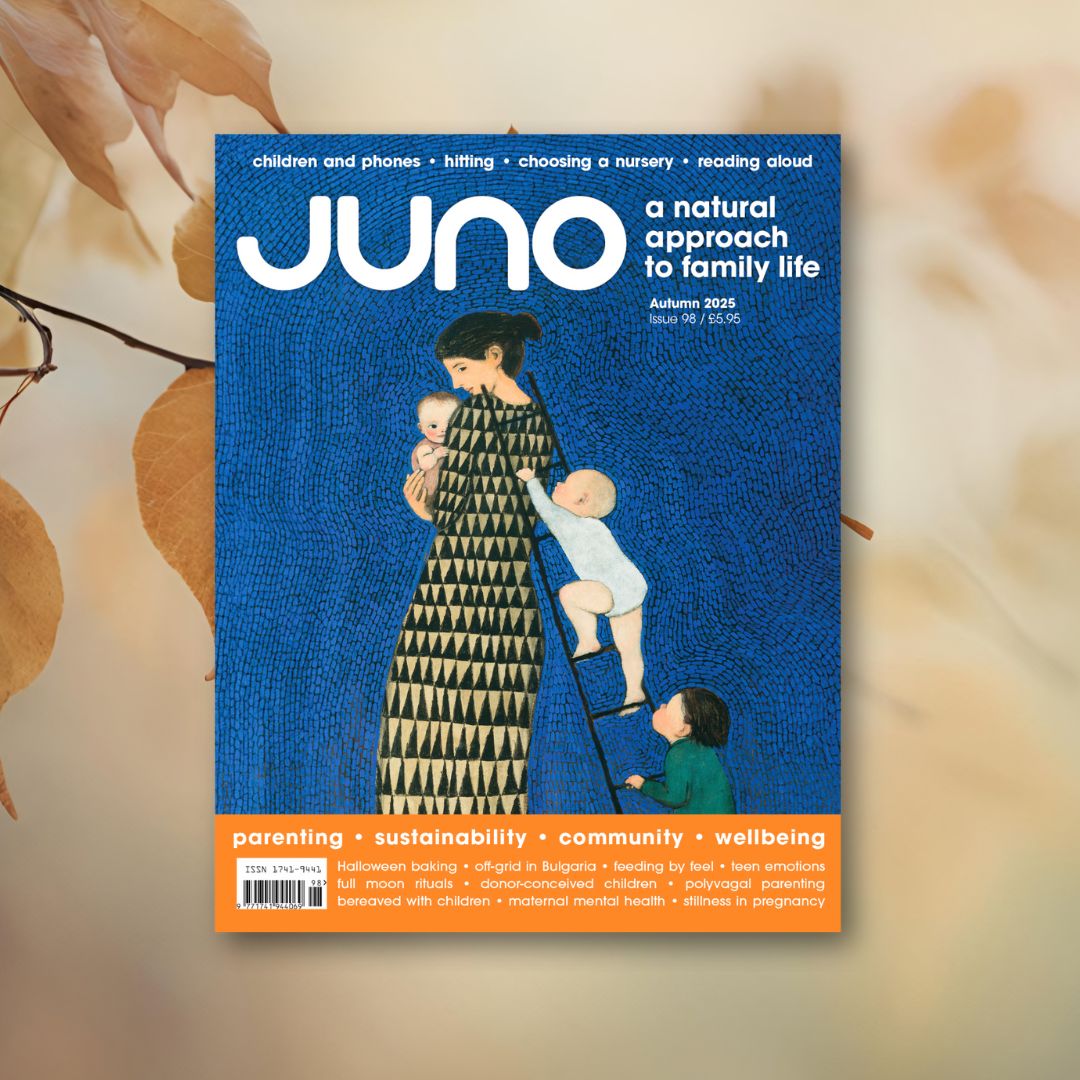I have been journaling in some form or another for most of my adult life. Writing has always been important to me, but I have come to understand it as a deeply healing practice, and I now encourage patients to find their way to journaling as a therapeutic tool. The realisation happened when my daughter was at university. She wrote an assignment while studying the work of Hélène Cixous, the French feminist writer. Here’s an extract:
I couldn’t stop thinking about my mother who would pour her heart out into a diary and then hide it away… Perhaps this is what Cixous is saying. Instead of feeling shame and a need to hide their writing, women should want their writing to be read, and through this, the reasons behind the hiding would be addressed and dealt with… Was my mother’s hiding of her writing just a trait of her hiding as a woman? My mother is now older, wiser and stronger, and writing her own book… In correlation, her writing has developed and become more ‘woman’ and ‘free’, so has she become more beautiful, feminine and free.
That was true then. A long time ago, I was hiding and searching for myself. My daughter could see how deeply and profoundly important keeping a journal was for my life, for my understanding of life experiences. I write to make sense of what has happened and how I have arrived at this point in my life. It is often a deluge of random things, an outpouring of rambling thoughts, a dialogue with my innermost self, but often when I read back, there are treasures, sentences, poems and insights, ironed out from the creases of life. It’s about writing the good, hilarious and hopeful stuff too. My journal became my friend, a coping practice, a touchstone where sometimes on rereading, a revelation would happen, a new understanding grasped.
There is no ‘right’ way to journal. Keep it simple: no rules. Essentially, all you need is a notebook that feels nice to write in, a pen or pencil that you like holding, and you’re good to go. I always date my entries and sometimes put a title, a suggestion from a favourite author, Mary Reynolds Thompson. Somehow a title rounds off the entry, giving it substance and a theme. There are innumerable books about journaling. If you need inspiration, a great one to start with is Julia Cameron’s The Artist’s Way. Cameron recommends the practice of morning pages, which are a three-page brain dump, a tool of “creative recovery”, right after you wake up. They’re a rambling stream of consciousness that clears your brain before the day starts, draining negative thoughts and paving the way for clarity, fresh ideas or insights.
Always have a notebook to hand. When going through menopausal hot flushes, with each surge of volcanic heat (let’s face it, you can’t really do anything much while you’re on fire), I would jot down what I was thinking about in that furnace moment. It became clear that the flushes coincided with thoughts of challenging issues or emotions. After going through a programme for an eating disorder (EDNOS – eating disorder not otherwise specified – to be exact), each time I got a craving to binge eat, I would grab my notebook and write instead, starting with, “I was just about to eat…”. I would free write until the urge disappeared and I realised what the craving really represented.
Asemic writing is another way to clear the brain, tap into the unconscious, and bring the mind into a relaxed, calm state. It can move stuck emotions and thoughts and create more free flow. It’s great fun, especially for children. Asemic writing is like scribbling or doodling. It is mark making that has the appearance of text, but with no semantic value: it looks like words, but has no readable content or meaning. It is writing without language. It gets the brain flowing and children love doing it. We call it ‘scribble writing’. It can move into the realm of art and has the beauty of transcending cognitive differences, enabling those who struggle with traditional forms of writing to find a way of expressive writing. It’s a perfect way to get out of your head and it can liberate the imagination in a surprising way.
Using asemic writing, try creating your own code to express how you’re feeling. Another exercise to try with someone else is to each write on the same paper, one either end, meeting in the middle. Try all writing techniques left-handed for deeper loosening up. Step back, look at what you have ‘written’, note how it makes you feel and what comes to mind.
Journaling in any format is one of the most helpful ‘medicines’ I have come across. Write when you are angry, write when you are sad, and, most importantly, write when you are happy. Prompt: write about some things you are grateful for and why.
“The diary taught me that it is in moments of emotional crisis that human beings reveal themselves most accurately. I learned to choose the heightened moments because they are the moments of revelation.” Anaïs Nin
____
Lizzie Mae Smith is a yoga teacher, homeopath, student of Ayurveda, writer and grandmother. She loves supporting and guiding people to their full creative potential. On Instagram @lizzie_mae_smith







